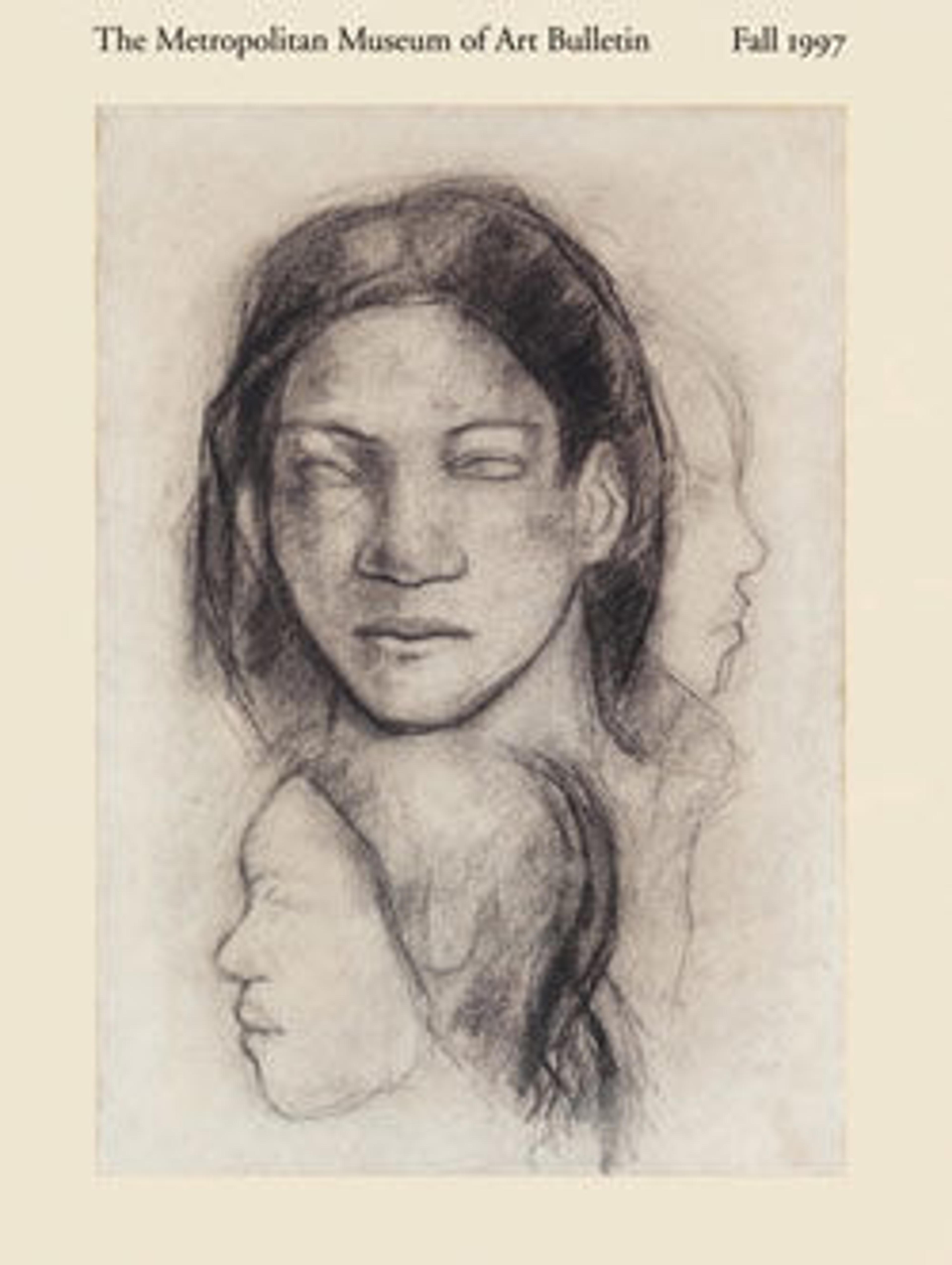Christ Presented to the People (Ecce Homo)
Sodoma was trained in Lombardy, where he absorbed Leonardo da Vinci’s ideas about the use of contrasting physiognomies for heightened dramatic effect. The turbaned figure is Pilate, who presents the resigned but dignified Christ to the viewer as an object of contemplation. His clothes, like the presence of the evidently Black figure shouting at Jesus, seem to transform the Hebrew tormentors into Muslims, reflecting European anxieties about the threat posed by an expanding Ottoman Empire.
Artwork Details
- Title:Christ Presented to the People (Ecce Homo)
- Artist:Sodoma (Giovanni Antonio Bazzi) (Italian, Vercelli 1477–1549 Siena)
- Date:ca. 1540–49
- Medium:Oil on canvas
- Dimensions:23 5/8 x 23 1/4 in. (60 x 59.1 cm)
- Classification:Paintings
- Credit Line:Gift of Asbjorn R. Lunde, in memory of his parents, Karl and Elisa Lunde, 1996
- Object Number:1996.261
- Curatorial Department: European Paintings
More Artwork
Research Resources
The Met provides unparalleled resources for research and welcomes an international community of students and scholars. The Met's Open Access API is where creators and researchers can connect to the The Met collection. Open Access data and public domain images are available for unrestricted commercial and noncommercial use without permission or fee.
To request images under copyright and other restrictions, please use this Image Request form.
Feedback
We continue to research and examine historical and cultural context for objects in The Met collection. If you have comments or questions about this object record, please contact us using the form below. The Museum looks forward to receiving your comments.
